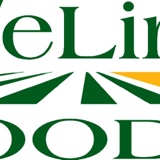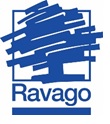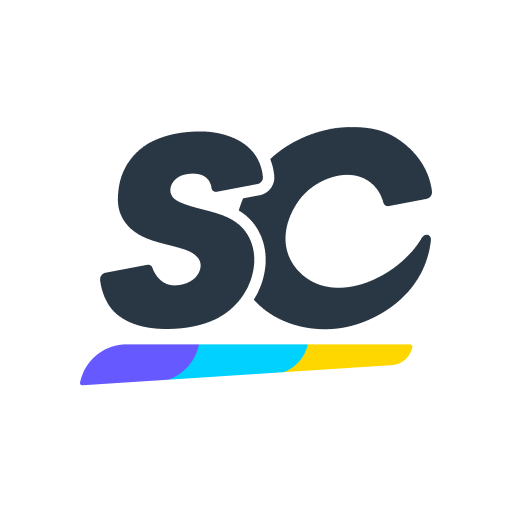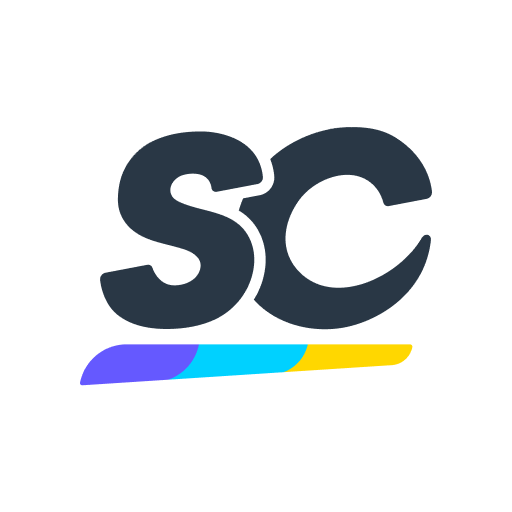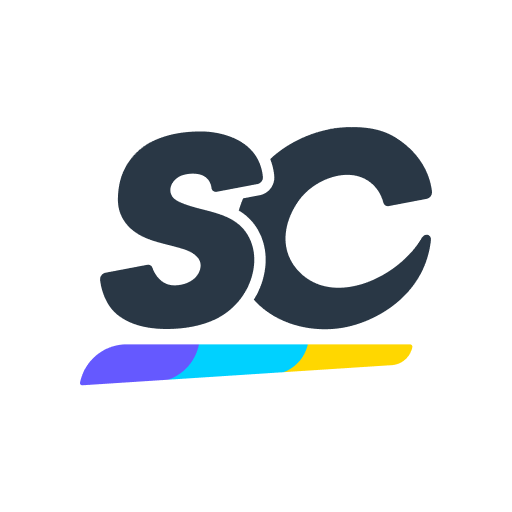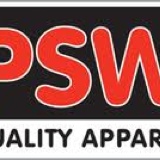Information
-
Audit Title
-
Document No.
-
Client / Site
-
Conducted on
-
Prepared by
-
Location
-
Personnel
1.0 Department Cleaning and Personnel Practices
-
1.1 Cleanliness of equipment, parts and idle equipment (no excess dust buildup, webbing, etc), excessive spillage around equipment or on floor.
-
1.3 Carts and totes are in good condition and used correctly.
-
1.4 Wooden or glass materials are avoided.
-
1.5 Product zones and processing equipment meet GMP/SQF standards (no open access to introduce intentional/unintentional contaminants).
-
1.6 Floors, walls, ceilings and light fixtures/covers are in good condition.
-
1.7 The department is free from or doesn't exhibit mold. (Check sight glasses, spouting where possible)
-
1.8 No evidence of chipped/flaking paint near product zones.
-
1.9 No evidence of insulation concerns (disturbed asbestos, loose pipe wraps, etc).
-
1.10 All wastes are disposed of properly, trash containers have liners.
-
1.11 if applicable, there is an area marked for hazardous waste disposal, appropriate containers and lids are on.
-
1.12 No evidence of food, beverages or medicines in production area.
-
1.13 There are adequate tools available for cleaning the department and accessing around equipment. Tools should also have areas identified (I.e. hangers, storage boards, and cabinets) for storage.
-
1.14 There is sufficient room for cleaning around equipment.
-
1.15 Holes that present slip, trip or fall hazards are covered securely with 'hole' warnings and/or with appropriate barricades or signage.
-
1.16. All walkways, work areas, doorways and other pathways are clear, level, and free of trip hazards?
-
1.17 The department is free of water leakage or condensation in production areas
-
1.18 Oil and grease are absent raw materials, processing equipment or food surfaces.
-
1.19 No temporary repairs on equipment (baling wire, duct tape, wood braces, etc).
-
1.21 Hand washing facilities properly maintained and have signage above sink.
-
1.22 All confined space equipment is clearly marked.
-
1.23 Lighting levels are adequate in work areas.
-
1.24 Barricades provided for special work (overhead work, ladders in walkways, construction work, hot work, etc)?
-
1.25 No evidence of tobacco use on property
2.0 Operation Practices
-
2.1 Tools are put away in proper storage, includes cleaning tools, sifter brushes, mechanical tools, etc.
-
2.2 9th fl. Control room clean and in order, rooms behind control room are kept clean.
-
2.3 Rack storage is at least 18 inches away from walls and ceilings. Items on racks are clean and neatly stored.
-
2.4 Foreign material devices work properly and are monitored regularly. (metal detector, sifters, magnets). Verify with metal detectable band-aid or Ear plugs, Observe screens or tailings report.
-
2.5 Proper use of color-coded equipment (containers/tools - white is edible, gray is inedible, cleaning is red, etc.)
-
2.6 Compressed air hoses stored up off floors.
-
2.7 LLF employees, Temporary employees, contractors, customers and visitors are in GMP compliance.<br>Proper protection is worn at all times: head protection, safety glasses, safety shoes, ear protection, hair and beard nets, appropriate jewelry, no items above waist, no unauthorized cell phones/radios in GMP areas.
-
2.8 Proper hygiene - no open wounds; use of metal detectable band-aids
-
2.9 Proper clean-up during installation of equipment or repairs and after work is completed (each day and completed project). No residual equipment remains in the department.
-
2.10 Separate cleaning tools are used for edible products and inedible/trash.
-
2.11 Department Manager or designee, Sanitation and Maintenance participated in Inspection.
-
Inspection should include multiple disciplines. If Dept Manager, Sanitation and Maintenance attend - meets. If not, deduct for each missing discipline.
-
2.12 all hand holes covered, covers in good condition.
3.0 Pest Control Practices
-
3.1 If conditions exist that would attract pest activity, they are addressed and eliminated in a timely manner.
-
3.2 openings in floors, walls or ceilings are properly sealed.
-
3.3 Proper storage of and use of pesticides and application equipment are demonstrated.
-
3.4 No evidence of rodents, insects or birds.
4.0 Chemical Storage Practices
-
4.1 Ask employee(s) if they know where to locate chemical information (should be able to state in department SDS binder, Master binders (Rhonda at front desk), EHS Manager, or EHS Sharepoint/MSDS page).
-
4.2 Department is using approved chemicals for work processes (i.e. USDA, FDA, EPA, OSHA) in accordance to industry standards?
-
4.3 Cleaning chemicals are stored properly. Ask employee if they know the proper storage?
-
4.4 Flammable cabinets free of combustible material (no paper, cardboard or plastics containers).
-
4.5 Chemical containers are properly labeled, used correctly and stored away from process areas.
-
4.6 Secondary containers properly labeled using GHS labeling. Is employee aware of what a secondary container is?
-
4.7 Secondary containment is in place for stored chemicals.
-
4.8 Where applicable the department has spill containment supplies. If chemicals are used in any processes, spill containment plans should be readily available (kits, absorbents, shovels, brooms, etc).
-
4.9 If applicable, gas cylinders clearly marked with contents and secured. Nitrogen, oxygen, acetylene and any other similar compressed gas require upright storage and non-elastic straps to prevent accidental tipping.
5.0 Documentation and Record-keeping
-
5.1 Master cleaning schedules are complete and accurate (daily, periodic and maintenance). Attach photo.
-
5.2 Daily Operational Logs/manuals (I.e. SOPs, Sanitizer logs, Magnet/metal detector, tailing checks, and any other daily Operational Hygiene inspection records) are current and completed accurately. Note: any documentation that refers to compliance with GMP, SQF, OSHA, etc.
-
5.3 Department manager verifies monitoring tasks are being completed.
-
5.4 The department has a Red or Yellow SDS binder labeled in the Control Room or Office that is readily visible and accessible.
-
5.5 Corrective action plans developed and on track to closure and posted in visible areas for employees to monitor. Plans should identify opportunities, actions to mitigate, person assigned, realistic due dates and WO#.
-
5.6 Current Company policies and essential communications are posted on Control Room bulletin boards.
6.0 Security Awareness/Emergency Access Practices
-
The following questions pertain to Situational Awareness. (Responses should include Contact Security or Manager/Supervisor Immediately.
1. What would you do if you encountered a work place violence event (employees fighting or hostility or any other civil disturbance)?
2. What would you do if there were suspicious people or strangers in your department?
3. Explain Piggybacking and reasons why we should not do this.
4. If you saw a suspicious package or questionable contents, what would you do?
5. What actions would you take if you received a bomb threat? -
6.1 Did one to two employees respond appropriately to the above questions? Looking for response to notify Management, Security, Safety, etc.
-
6.2 All secured access doors are properly maintained/remain locked at all times.
-
6.3 Emergency evacuation maps posted at exits and in Control Offices.
-
6.4 fire extinguishers and fire hose connectors clear of obstructions, accessible and checked monthly?
-
6.4.1 The department has delegated responsibilities to employees.
Fire Extinguishers
-
Photo of Inspection tag
-
List individuals assigned to monthly checks
-
Areas
-
6.5 All doors and stairwells are marked with translucent glow in dark signs.
-
-
6.6 Exits are marked with arrows, signs, emergency exit signs, backup lights.
-
6.7 Emergency lights are operational (verify by pressing test button).
7.0 Ventilation, air and dust control practices
-
7.1 Doors and windows are closed or properly screened to outside.
-
7.2 Air hoses are set-up with proper hose ends.
-
7.3 There are adequate supplies of air wands, nozzles that are OSHA compliant.
-
7.4 Are blower filters clean and in good condition.
-
7.5 Are dust collection systems cleaned regularly and in good working order.
8.0 Electrical Practices
-
8.1 electrical panels or control boxes are not missing panels or plugs, have loose or modified wiring, are properly closed and free of dirt/dust.
-
8.2 Electrical hazard warning signs are posted (High Voltage - Authorizes personnel only).
-
8.3 All electrical cords are GFCI, free from temporary repairs, cuts or missing prongs.
9.0 Tools, Machines, Equipment and Maintenance
-
9.1 if applicable power cords and guards to tools are in good condition. If tool arts are noted during inspection, verify condition.
-
9.2 All machine guards are adequate with no risk of contacting rotating equipment.
-
9.3 All processing equipment doors or guards latches and lids are in good shape.
-
9.4 processing equipment is well maintained with evidence of preventive maintenance schedule.
-
9.5 Is there any equipment damage that needs Work Orders?
Describe issue
-
Photo of equipment
-
Type of Equipment, location (Bldg, floor)
-
Model/serial numbers
-
Repair description
10.0 Ladders/Platforms
-
10.1 ladders are free from cracks, splits, or other deformities. Labels are I place and legible. Inspect a minimum of two to three ladders. Submit photos of ladder representation.
-
10.2 ladders stored inside out of weather and securely.
-
10.3 if mobile platforms are used, they are in good condition and all railing is in place.
-
10.4 ladders need service (structure repair, replace labels, etc)
Describe needs
-
Briefly describe issue
-
Add photo
11.0 SQF Knowledge
-
The following questions address SQF Auditor-type questions. Employee responses provide an indicator of general awareness toward SQF practices.
The following are lists of sample questions:
1. If you have a cut and you need a band-aid are there any special procedures you need to do? (Metal detectable band-aids)
2. What would you do if you see a mouse (or bird, pests) (Call Sanitation Manager)
3. What should you do when you are sick? (Notify Manager/Supv; may need to go home until recovered.)
4. What should you do if you see broken glass? (Notify Mgr first; then - follow glass removal policy)
5. Are you allowed to use tobacco products (smoke in this facility)?
6. List 4 GMPs.
7. Can you use fly spray here? (No)
8. Can you wear your uniform home (and PPE)?
9. Are you allowed to drink beverages (coffee) in your work area?
10. List three examples of when you would wash your hands. -
Must answer 9 for Ok, 8 for OIP, 7 for Min, 6 for Maj, less than 6 is Fail.
-
11.1. Employees should answer questions successfully based on above scoring.
-
11.2 Employees can correctly answer what HACCP and SQF stands for and correctly state our 2 CCPs. (Must answer all components correctly for credit)
-
11.3 departments managers conduct regular meetings with employees.
-
Inspectors signature
-
Inspection date
